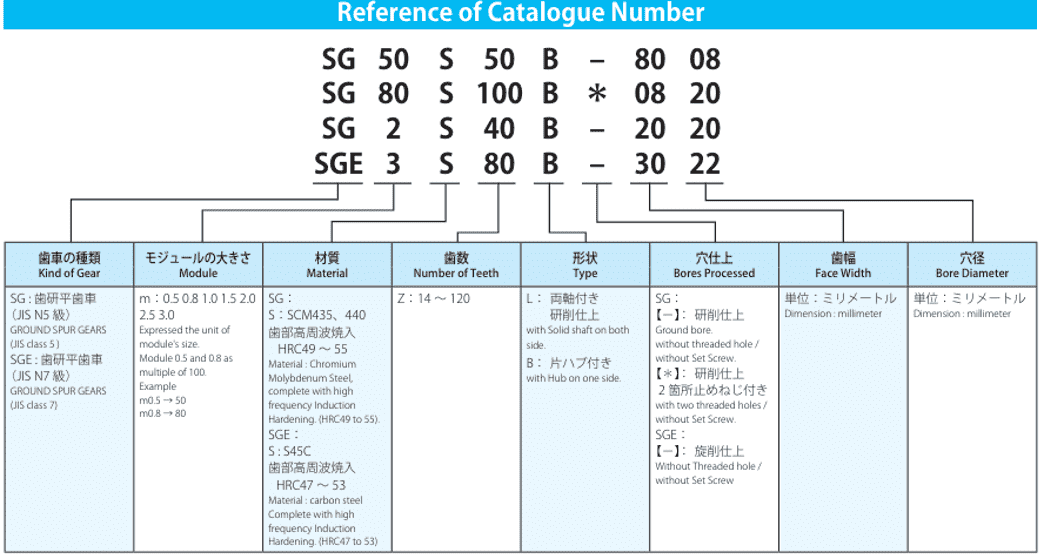The Role of Reverse Engineering in Gear Manufacturing: Enhancing Legacy Systems
In the world of manufacturing, gears are crucial components that play a key role in the operation of machines, vehicles, and a wide range of industrial applications. Over time, however, gears can wear down, break, or become obsolete due to technological advancements. This is where reverse engineering comes in — a process that helps rebuild, restore, or improve outdated gears, particularly those that are no longer available or are difficult to replace. In this article, we’ll explore the role of reverse engineering in gear manufacturing and how it benefits legacy systems.
Table of Contents
- Introduction
- What is Reverse Engineering?
- How Reverse Engineering Helps with Outdated or Unavailable Gears
- Technologies Behind Reverse Engineering in Gear Manufacturing
- Conclusion
What is Reverse Engineering?
Reverse engineering is the process of deconstructing a product or component to understand its design, structure, and functionality. In the context of gear manufacturing, it involves analyzing an existing gear, measuring its dimensions, and creating a digital model or blueprint. This model can then be used to recreate the gear or even improve upon its original design. Essentially, reverse engineering "reverses" the traditional manufacturing process, starting with an existing item and working backward to understand and replicate it.
How Reverse Engineering Helps with Outdated or Unavailable Gears
1. Restoring Obsolete Gears for Legacy Systems
In industries such as aerospace, automotive, and heavy machinery, legacy systems are common. These systems often rely on specialized or proprietary gears that were manufactured years — or even decades — ago. Over time, these gears can break down or wear out, and replacement parts may no longer be available. Reverse engineering provides a solution by enabling manufacturers to rebuild or replace these obsolete gears.
By carefully examining the original gear, engineers can create an exact replica or design a gear with the same functionality but improved materials or design features. This can save companies from having to replace an entire legacy system, preserving the investment in older technology while ensuring its continued operation.
2. Improving Gear Performance
In addition to replicating gears, reverse engineering allows manufacturers to enhance the performance of gears in legacy systems. By analyzing the original gear's design, engineers can identify areas where improvements can be made, such as:
- Material Selection: Choosing more durable or corrosion-resistant materials can increase the lifespan of a gear, especially in harsh environments.
- Design Optimization: Modifying the gear's tooth profile, load distribution, or manufacturing tolerances can enhance performance, reduce wear, and minimize noise or vibration.
- Efficiency Enhancements: Reverse engineering can uncover design flaws that hinder the system’s overall efficiency. For example, optimizing the tooth geometry or modifying the gear ratios can improve energy transmission, leading to reduced power losses.
3. Rebuilding Critical Parts for Hard-to-Find Gears
Certain industries rely on unique or custom-designed gears that are difficult to source. For instance, older aircraft or military machinery may require rare gear components that have long been out of production. Reverse engineering allows manufacturers to scan and analyze these critical parts to produce accurate reproductions. With the help of modern 3D scanning and CAD (Computer-Aided Design) software, engineers can extract detailed measurements and replicate complex geometries that may be impossible to reproduce using traditional methods.
This capability is particularly valuable when dealing with discontinued parts, offering a reliable solution to extend the life of equipment without compromising performance.
4. Reducing Downtime in Manufacturing Operations
When a gear in a critical machine fails, downtime can be costly, especially in industries like manufacturing or mining, where continuous operation is essential. Reverse engineering helps reduce this downtime by allowing engineers to quickly recreate or repair gears, often bypassing the need for lengthy design and prototyping processes. With the right digital models and access to advanced manufacturing technologies like 3D printing or CNC machining, gears can be produced more swiftly, enabling businesses to resume normal operations faster.
Moreover, reverse-engineered gears can sometimes even be made stronger or more efficient than their original counterparts, leading to fewer breakdowns and less frequent repairs.
5. Customization for Specific Needs
In some cases, legacy systems may require gears that are specifically tailored to meet certain operational requirements or constraints. Reverse engineering provides the flexibility to adjust the design to fit unique needs. For example, a legacy gear system may need a new gear with altered specifications to improve its integration with other modern components or enhance performance under new conditions.
By creating customized gears through reverse engineering, manufacturers can ensure that legacy systems continue to function optimally without needing a complete overhaul. This level of customization is particularly important in industries with specialized equipment, such as the automotive, aerospace, or defense sectors.
Technologies Behind Reverse Engineering in Gear Manufacturing
Advancements in technology have significantly improved the reverse engineering process, making it more efficient and accurate. Some of the key technologies that support reverse engineering in gear manufacturing include:
-
3D Scanning and Digitization: 3D scanning tools allow manufacturers to capture the precise geometry of a gear, creating a digital replica. This data can then be used to generate detailed CAD models, which are essential for designing replacements or upgrades.
-
Computer-Aided Design (CAD): CAD software is used to modify and refine the digital models of reverse-engineered gears. Engineers can analyze the design, simulate gear interactions, and perform tests to optimize the gear’s performance before it’s manufactured.
-
Additive Manufacturing (3D Printing): In some cases, 3D printing can be used to quickly produce prototypes or small runs of gears. This is especially useful for testing designs or creating short-lived parts for temporary use.
-
CNC Machining: Once a digital model is finalized, CNC machining allows for the precise fabrication of gears, ensuring that even complex geometries can be accurately reproduced.
Conclusion
Reverse engineering has become an invaluable tool in gear manufacturing, especially when dealing with outdated or unavailable gears in legacy systems. Whether restoring obsolete parts, improving performance, reducing downtime, or customizing components for specific needs, reverse engineering offers a cost-effective and efficient solution for manufacturers. As technology continues to evolve, the ability to reverse-engineer gears and integrate modern improvements will ensure that legacy systems remain functional, efficient, and relevant in today’s rapidly changing industrial landscape.

